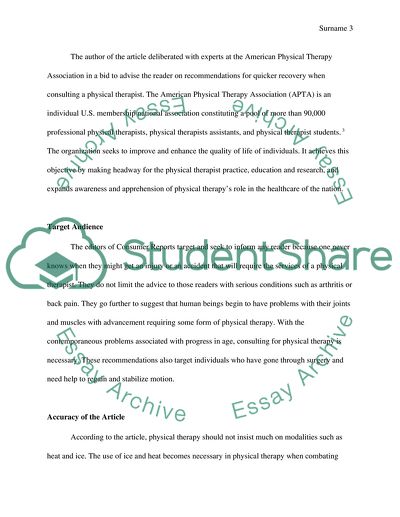Cite this document
(“Review of lay literature article Example | Topics and Well Written Essays - 1750 words - 1”, n.d.)
Review of lay literature article Example | Topics and Well Written Essays - 1750 words - 1. Retrieved from https://studentshare.org/health-sciences-medicine/1675951-review-of-lay-literature-article
Review of lay literature article Example | Topics and Well Written Essays - 1750 words - 1. Retrieved from https://studentshare.org/health-sciences-medicine/1675951-review-of-lay-literature-article
(Review of Lay Literature Article Example | Topics and Well Written Essays - 1750 Words - 1)
Review of Lay Literature Article Example | Topics and Well Written Essays - 1750 Words - 1. https://studentshare.org/health-sciences-medicine/1675951-review-of-lay-literature-article.
Review of Lay Literature Article Example | Topics and Well Written Essays - 1750 Words - 1. https://studentshare.org/health-sciences-medicine/1675951-review-of-lay-literature-article.
“Review of Lay Literature Article Example | Topics and Well Written Essays - 1750 Words - 1”, n.d. https://studentshare.org/health-sciences-medicine/1675951-review-of-lay-literature-article.


